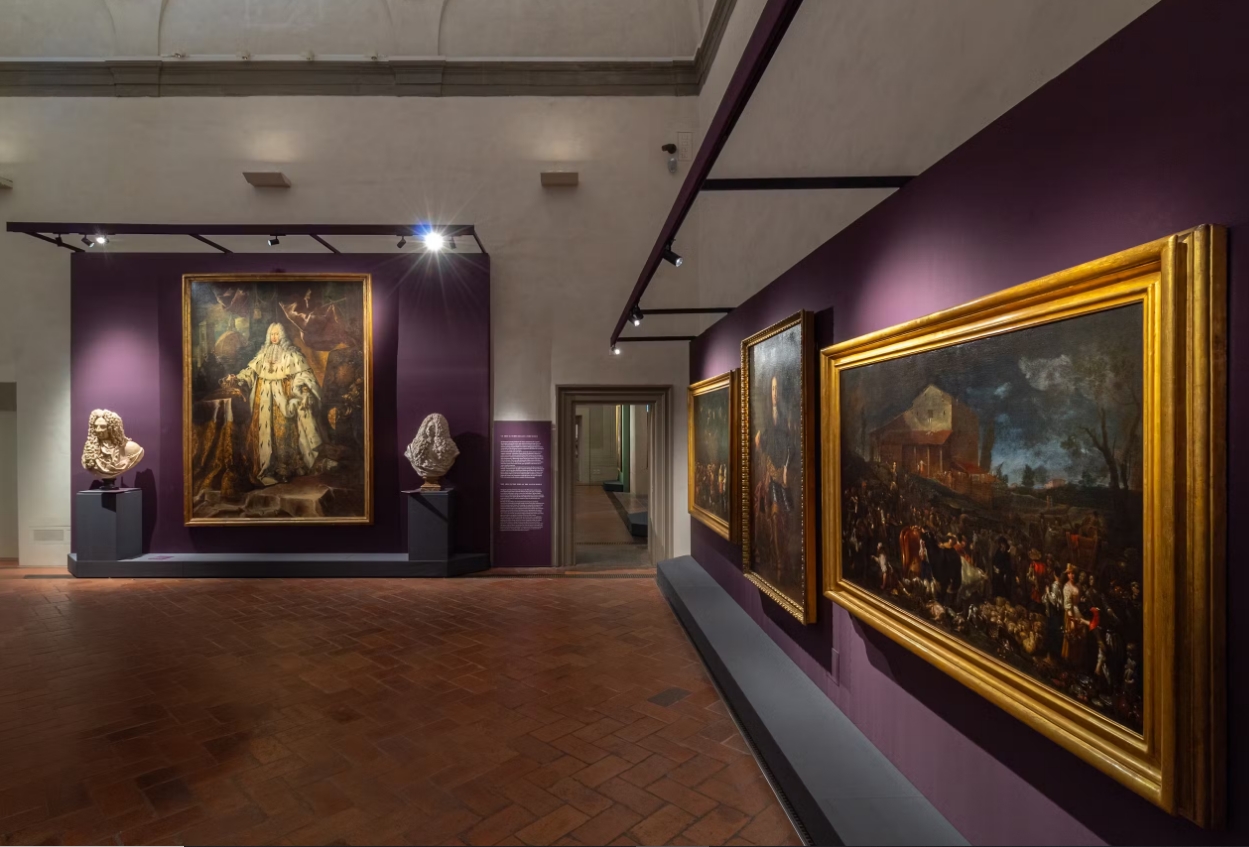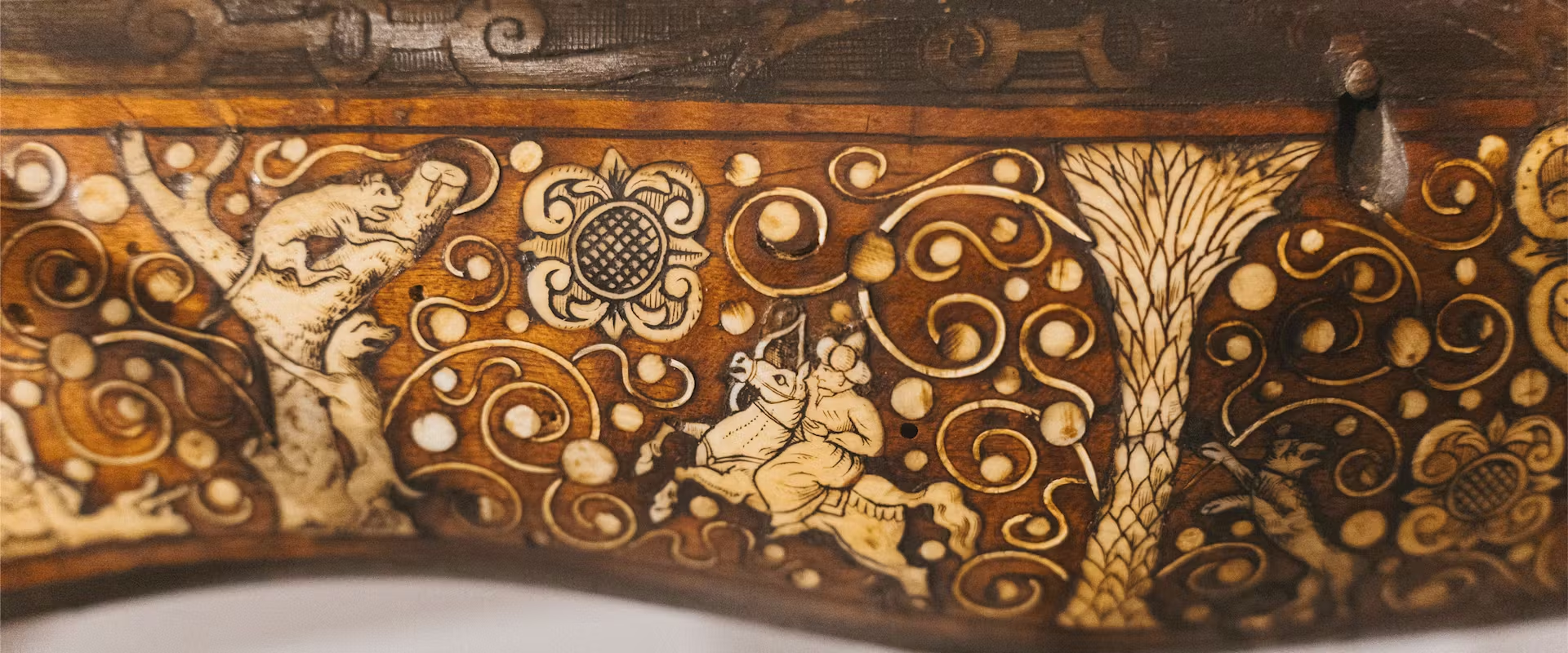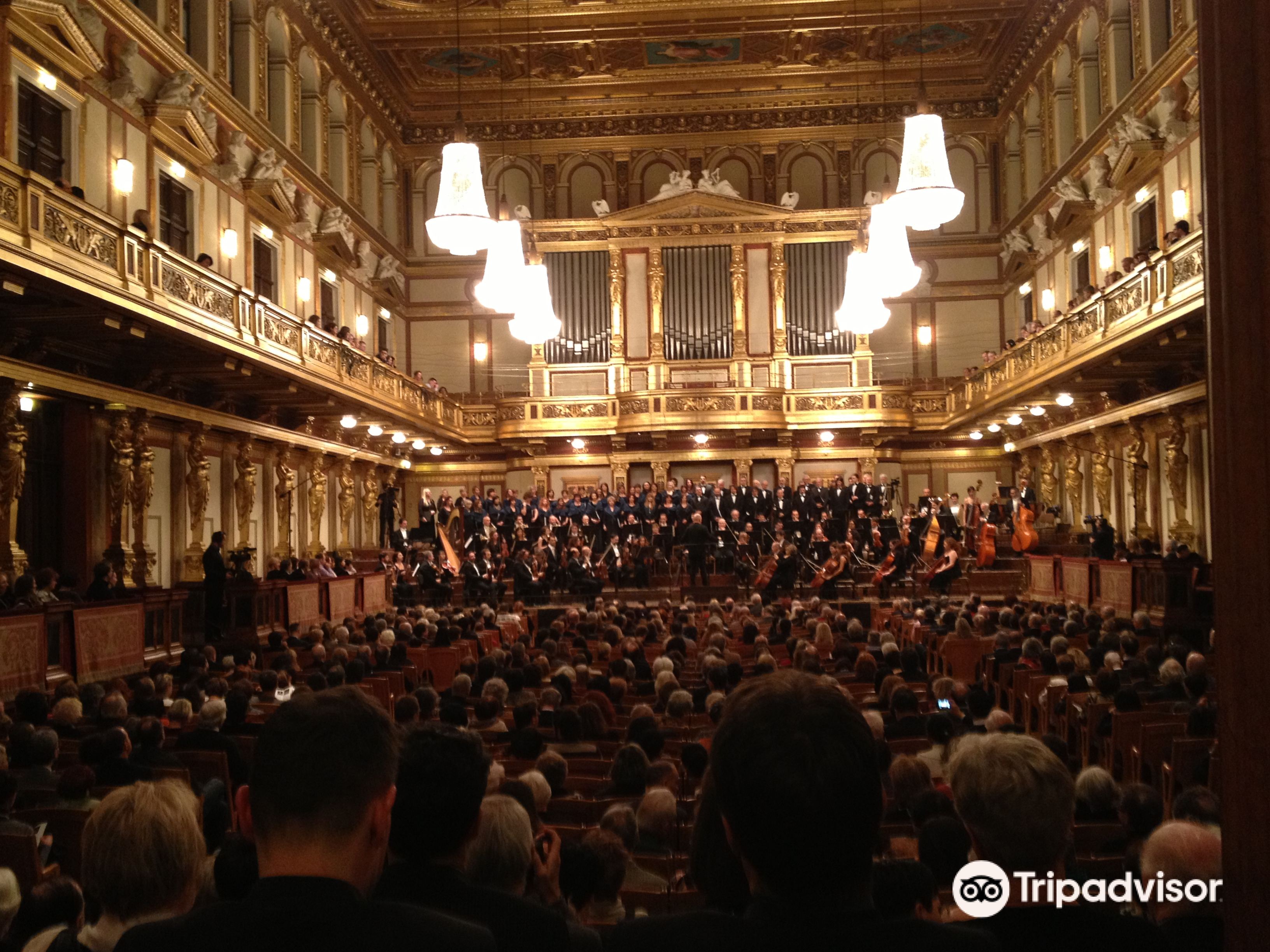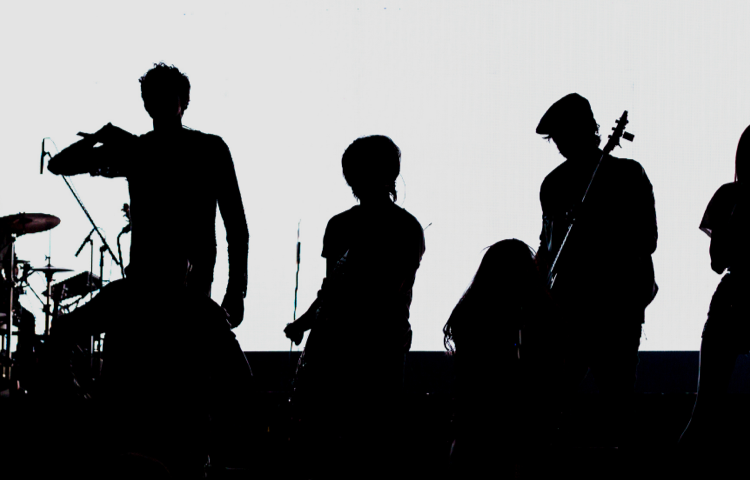Recent Searches
Popular Attractions
Guiyang
Southwest of China,China,Eastern Asia
Latest Events in Tuscany(November Updated)
Are you interested in Tropical Palm Tree Paint Night?
245 people have participated in this
poll
Yes
No




50%



50%
Type
Location
Date
Popularity
New Arrivals

Florence and Europe. Arts of the Eighteenth Century at the Uffizi | Florence
The 'Age of Enlightenment' (and of reforms) is narrated through some 150 works set up in the ground floor rooms of the Gallery, with masterpieces by Goya, Tiepolo, Canaletto, Vigée Le Brun, Liotard, and Mengs: many never seen before, others hidden for over a decade due to the work to extend the exhibition route.

Firenze Marathon | Florence
This is Firenze (Florence) Marathon!Step by step all along its 42 kilometers and 195 meters you are surrounded by centuries of art, history and culture, a unique emotion that can only be experienced by those who run in Florence. Year after year, thousands of sportspeople and enthusiasts from all over the world come to participate in this classic race on the last Sunday in November. The route takes you by all those landmarks of singular beauty that have made Florence famous worldwide: views over the enchanting hills and countryside, and passing right by the Cathedral Square, Piazza della Signoria, Ponte Vecchio (to mention only just a few of historical importance), before entering the majestic Piazza Santa Croce. This great event in Florence has increased immeasurably recently: this extraordinary increase in participation also testifies to the constant attention given to the organization of the race. Florence Marathon is now the second Italian marathon (after Rome), and among the 20 most important marathons in the world. The race involves many narrow streets, but runners also pass by some amazing Italian scenery and architecture. This includes views of the surrounding hills and countryside and a route that passes the likes of the Cathedral Square, Piazza della Signoria and Ponte Vecchio.

Tuscan Tournaments. The Saracen Joust, the Crossbow Palio and the Game of the Bridge | Florence
Starting with the Saracen jousting, a popular event celebrated in the city of Arezzo, the exhibition aims to document war games using prints and drawings from various periods in the Uffizi Gallery, especially the numerous examples of helmets, weapons and armour from the famous collection of the Stibbert Museum. These knightly tournaments became popular in the Middle Ages and continued into the Renaissance, including the Crossbow Palio, which required contestants to have skills in precision, and the ancient Game of the Bridge, a contest of strength to conquer the Ponte Vecchio on foot.
Visitors will see the most iconic piece in the exhibition, a 16th-century Buratto or Saracen quintain on loan from the Museo Nazionale del Bargello. Probably a celebration to mark the marriage of Francesco I and Bianca Cappero in 1579, the changes over the centuries have transformed it from a Saracen nobleman to the European warrior we see today. The exhibition emblem is another prestigious work of art, Stefano Della Bella’s Knight in Armour, made for the procession and loaned by the Uffizi Gallery. The sumptuous, ornate costumes and robes evoke the sheer splendor of participating in these spectacular events designed to celebrate the great and the good. In another painting loaned from the CR Florence Foundation, Stefano Della Bella depicts a night procession in the Boboli Gardens in 1637. Arms and armour are loaned by Florence’s Museo Stibbert, which has one of the richest collections of material on the ancient game of bridge in Pisa. Stibbert also loaned a fine set of 17th-century crossbows richly inlaid with hunting scenes, made by a workshop in southern Germany. And the collection of the Ivan Bruschi Foundation lends an interesting letter of challenge from “the unconquered, most glorious and ever-victorious King of the Indies, Brato”, issued to announce the version of the Saracen tournament that was held on August 26, 1674 in honor of Cardinal Corsini, Bishop of Arezzo.

Puccini e la sua Lucca - International Permanent Festival | Lucca

2025 MEN OF HONOR | A SALUTE TO AFRICAN AMERICAN MEN - 15TH ANNIVERSARY | Turfway Park Racing & Gaming
Information Source: The Abercrumbie Group | eventbrite

OCF - Direttore Giuseppe Lanzetta Violoncello Patrizio Serino | Auditorium Santo Stefano al Ponte Vecchio
Orchestra da Camera Fiorentina Direttore Giuseppe Lanzetta Violoncello Patrizio Serino M. Ravel Le tombeau de Couperin (Elegia per Couperin) F. Schubert Sinfonia n. 8 in si minore Incompiuta D. 759 A. Dvořák Concerto per violoncello n. 2 in si minore, op. 104
Information Source: Orchestra da Camera Fiorentina | eventbrite

Firenze Half Marathon | Florence
The Half Marathon Florence is one of the most awaited events by athletes, who every year fill the streets of Florence for an exciting and competitive race. Professional and running enthusiasts run together the distance of 21.097 km between the streets and the squares of Florence. An opportunity to compete in a unique urban context in the world, with a flat path that goes through the historical center until it reaches the evocative atmosphere of the streets of Oltrarno. The number of participants of the Half Marathon Florence grew over the years, thanks to the organizational efforts that offer to the athletes and their partners the best conditions for the race and for a pleasant stay in the city.
![Slanguage Poetry Show [OPEN MIC EDITION] (Los Angeles) | Sims Library Of Poetry](https://ak-d.tripcdn.com/images/1i63n12000c4qn9xf92D0.jpg?proc=source/trip)
Slanguage Poetry Show [OPEN MIC EDITION] (Los Angeles) | Sims Library Of Poetry
Slanguage Poetry Show presents an exciting event, the OPEN MIC EDITION, showcasing the finest poets in Los Angeles. This highly anticipated live televised poetry show is renowned for its powerful spoken word performances that captivate and inspire. Held at the prestigious Sims Library of Poetry in Los Angeles, this event promises an unforgettable evening on Sunday, September 17th.
Experience the magic as talented poets take to the stage, sharing their unique perspectives and experiences through their art. Immerse yourself in an amazing community of poets and poetry lovers, as you witness the raw emotion and creativity that unfolds before your eyes.
Indulge in delicious food while you soak in the captivating performances. This is the perfect opportunity for aspiring poets to showcase their work. Sign up for the open mic list and share your art with the audience. Be part of this exceptional gathering and let your voice be heard.
Slanguage Poetry Show [OPEN MIC EDITION] is recorded live and streamed on Urbansoultv1. Don't miss out on this chance to be moved by the power of poetry. Mark your calendars and secure your tickets now for this one-of-a-kind event. Join us at Sims Library of Poetry in Los Angeles, CA for an evening that will leave you inspired and enriched.
Tickets are available for just $10. Don't miss your chance to be part of the dopest live televised poetry show in Los Angeles. Get ready for an evening of profound spoken word performances that will touch your soul. Reserve your spot now for Slanguage Poetry Show [OPEN MIC EDITION] on September 17th, 2023.

Italian Renaissance Lecture and Visit to Blanton Museum | Tuscan Village Clubhouse (9/20) and Blanton Museum (9/22)
Join Dr. Hannah Wong at Tuscan Village Clubhouse in Austin for an exclusive lecture and Blanton Museum tour exploring the Italian Renaissance. Dive into the captivating world of the High Renaissance, where artists like Michelangelo and Leonardo da Vinci celebrated the human form through their iconic masterpieces. Discover the significance of the body in this pivotal period of art history as Dr. Wong unlocks the fundamental concepts of the Italian Renaissance during her interactive lecture on September 20th.
Following the lecture, immerse yourself in an extraordinary tour of Renaissance artwork at the renowned Blanton Museum on September 22nd. Delve into the galleries to witness the unparalleled beauty and craftsmanship of this transformative era. As an added bonus, explore the Blanton's Wilkinson Center for Prints and Drawings, home to an exquisite collection of "Old Master" works.
Please note that this exclusive event is open only to registered guests. Transportation to the museum will be provided via charter bus, accommodating a maximum of 55 attendees. Before departing for the museum, enjoy a delicious lunch at Tuscan Village. The cost for this exceptional experience is $32, payable by check to ATVM Master HOA and to be placed in the lockbox by September 18th.
Don't miss this opportunity to uncover the secrets of the Italian Renaissance right here in Austin. Whether you're a seasoned art enthusiast or simply curious about the world, this lecture and tour promise to be a captivating and enlightening experience. Mark your calendars and embark on a journey through art history like no other. We look forward to welcoming you!

Free Public Tours | Florence County Museum
For an enhanced comprehension of our exhibits, visitors can partake in an extensive, expert-guided tour. These docent-led tours are scheduled regularly, taking place on the third Thursday of every month at 5:30 pm. Each tour of our galleries lasts approximately thirty minutes. Detailed information, including dates and subject matter, can be found in the docent-led tour schedule.
Additionally, on July 20th, we are hosting a captivating event titled "Legend: Francis Marion in the Pee Dee." This free public lecture, presented by esteemed speaker Dr. Steven D. Smith, will take place from 6:00 pm to 7:30 pm.
As part of our commitment to accessibility, we are pleased to offer free public tours at the Florence County Museum. Located at 111 West Cheves Street in Florence, South Carolina, our museum provides an enriching experience for all. Join us on September 21, 2023, to explore our exhibits and delve into the world of art, history, and culture. Admission is free, ensuring that this remarkable opportunity is available to all.
...




![2025 SEVENTEEN WORLD TOUR [NEW_] IN JAPAN | TOKYO | Tokyo Dome](https://ak-d.tripcdn.com/images/1i64g12000mt8tj2l0C37.jpg?proc=source/trip)
